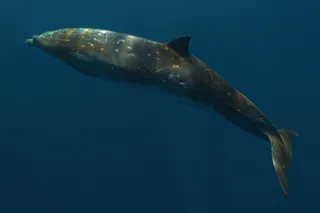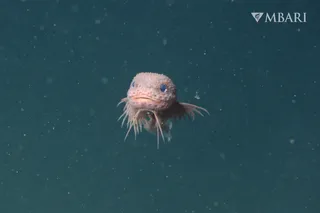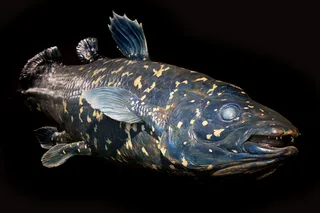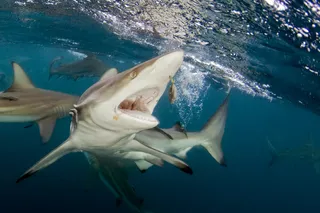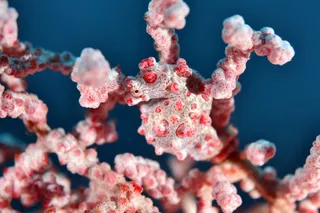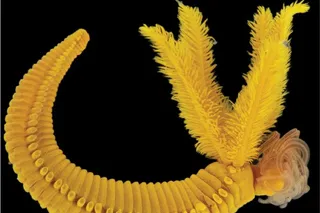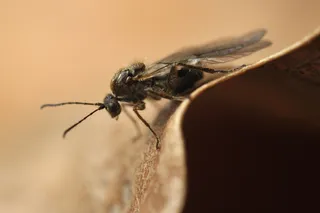When invasive species start obliterating a habitat, humans in the area often seek to eradicate the invader. People set up nets, lay traps, and aim firearms at the offenders.
Sometimes, these efforts aren’t enough, particularly if the invasion is widespread. More creative means are needed, and in recent years, ecologists have turned to novel ways to stop destructive species.
The Federal government defines invasive species as any type of harmful “alien species” that are introduced to an area through human activity. They can be animals, plants, or pathogens.
Sea lampreys, for example, are an Atlantic fish that made their way into the Great Lakes through canals. They preyed upon native species like trout and whitefish, and by the 1950s, the Great Lakes fishing industry was nearly ruined. Eradication helped reduce the lamprey by 90 percent.
Read More: The Familiar Plants and Animals That Invaded America’s Landscape
In the 1990s, conservationists ...




